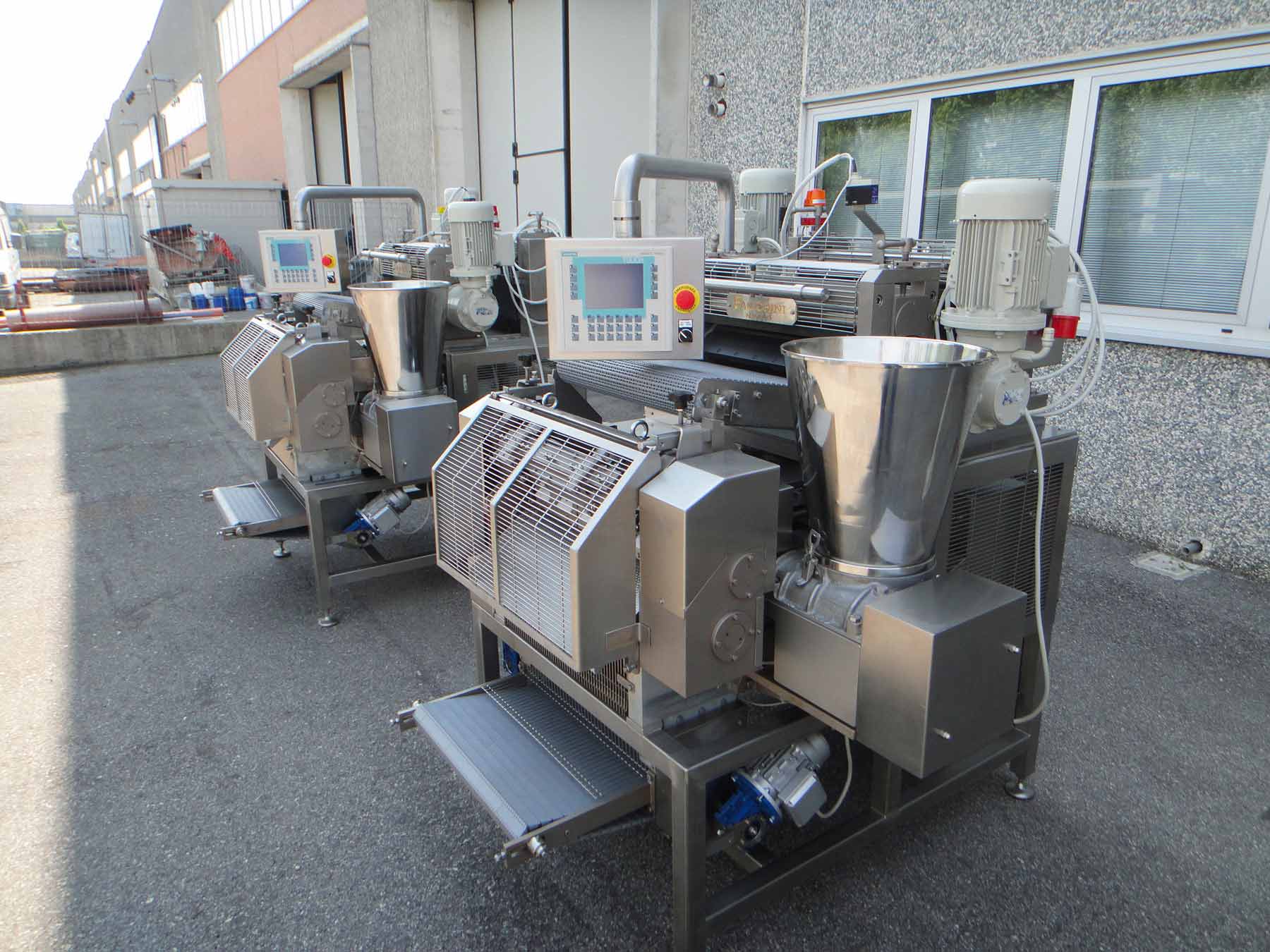In a world buzzing with software, delivering good-quality applications rapidly is a fundamental priority. Development teams are jumping into DevOps CI/CD pipelines and quick deployment cycles, but find that their old testing setups just can’t keep up. Cloud testing has emerged as an effective solution, letting teams do flexible, cost-effective QA across all sorts of platforms, devices and places.
It doesn’t matter if it’s web, mobile or APIs; tapping into cloud environments means tests run at the same time, get feedback quicker and make better use of resources, which is critical for achieving QA effectiveness in fast-paced delivery cycles.
As software development progresses, it is essential to create testing plans that advance concurrently. A notable improvement is the implementation of serverless and distributed environments, which reduce the burden of environment management. This allows QA brigades to concentrate on sophisticated testing methodologies rather than the upkeep of physical or virtual machines. However, moving from conventional on-premise practices to cloud-native testing necessitates a reassessment of tools and operational processes.
Why Move to Cloud Testing?
Cloud testing transcends the notion of simply shifting tests to remote servers. It enables comprehensive optimization of the entire QA lifecycle. The benefits include:
- Scalability: Flexible, cloud-native environments facilitate the concurrent execution of large test suites across diversified platforms. Test orchestration at scale becomes feasible via containerized services and dynamic node scaling.
- Adaptability: Environment simulation enables variability in geolocation, device type, network latency, and screen resolution. This contributes to robust test coverage.
- Cost-efficiency: Usage-based models eliminate reliance on expensive, dedicated test environments. By allocating compute resources dynamically, budget allocation aligns with actual usage.
- Accelerated Delivery: Continuous testing and integration enable quicker releases with reduced defect leakage.
- Global Reach: Cloud testing supports geolocation-based validation, enabling tests to simulate regional access scenarios and ensure compliance with localized behavior and performance thresholds.
Understanding Serverless Testing Environments
Serverless testing simplifies environment provisioning. Cloud-based platforms enable condition-based execution of isolated test logic, eliminating the need for persistent servers.
In serverless testing workflows:
- Test functions are deployed as stateless executable units.
- Virtual machines are not manually provisioned.
- Resources auto-scale based on parallel execution requirements.
For instance, test cases can be triggered by pull request events. A serverless function can be executed within a CI pipeline and push results back, achieving automation without an ideal environment.
This approach is especially well-suited for microservices, where decoupled test modules align with service boundaries. It enhances fault isolation and simplifies failure diagnosis. Additionally, serverless functions improve environment reproducibility by redeploying ephemeral instances with each invocation, reducing test flakiness caused by residual state.
Additionally, serverless functions can interface with messaging systems, state machines, or container services to enable reactive QA pipelines. These event-driven designs support dynamic test workflows that respond in real time to application changes, deployment events, or telemetry inputs.
Distributed Testing: Addressing Execution Constraints
Distributed testing enables faster execution by segmenting large test suites and distributing them across multiple compute nodes. This is critical when testing spans extensive regression or integration scenarios.
Techniques include:
- Integrating test orchestrators like Jenkins, GitHub Actions, or GitLab CI/CD.
- Distributing test execution via cloud container clusters or VM fleets.
- Utilizing message brokers (e.g., RabbitMQ, Kafka) to synchronize test execution across distributed agents.
This paradigm dramatically reduces total execution time. A monolithic test suite that takes hours can be executed in parallel, reducing test completion time to moments. Distributed testing also supports CI scalability, enabling multiple contributors to push changes without bottlenecks in test feedback.
Test sharding, environment parallelism, and distributed log aggregation become integral components of robust distributed testing pipelines.
Integrating Selenium ChromeDriver in Cloud Testing
Browser automation remains integral to user interface validation, with Selenium serving as the primary tool. However, executing Selenium ChromeDriver locally is resource-intensive and susceptible to environment-specific anomalies.
Cloud execution resolves this by:
- Hosting ChromeDriver in a containerized or VM-based environment.
- Eliminating discrepancies due to OS/browser version mismatches.
- Supporting both headless and full-GUI browser testing modes.
Cloud platforms provide managed Selenium grids, dynamically scaling based on test load. This eases environment management and ensures consistency across browser/device matrices.
CI/CD pipelines can invoke these remote Selenium sessions using WebDriver endpoints, decoupling the local environment from execution requirements. This facilitates robust cross-platform UI validation without introducing host-level dependencies.
Test Orchestration and Event-Driven Execution
Orchestrating tests in serverless or distributed setups requires coordination tools that programmatically manage workflows. Examples include:
- Triggering unit tests post-commit via CI systems.
- Scheduling load tests using cron-based cloud schedulers.
- Initiating API validations on service version updates.
Orchestration platforms help manage test pipelines with features like retries, error branching, and parallel task execution.
Centralized observability solutions aggregate test results, offering real-time insight into reliability metrics, performance deviations, and coverage gaps.
These orchestrators also support test gating, dynamic test prioritization, and conditional execution paths based on previous stage outcomes—enabling intelligent test sequencing.
Embracing Cloud-Native Observability
Observability in cloud testing ensures QA teams can monitor, trace, and debug test executions across transient environments.
Key implementations include:
- Centralized Logging: Aggregated logs via ELK Stack, Fluentd, or CloudWatch.
- Tracing: Distributed tracing tools visualize execution flows and test-service interactions.
- Metrics Collection: Some tools monitor test latencies, error rates, and system-level metrics.
Enhanced observability facilitates data-driven debugging, root cause analysis, and environment-specific performance benchmarking. Tagged log streams, enriched with test case metadata, provide deterministic traceability across asynchronous executions.
Choosing the Right Cloud Testing Partner
A robust cloud testing platform underpins the efficiency of the testing strategy. Key capabilities to evaluate include Selenium Grid scalability, real device coverage, and CI/CD integration.
LambdaTest is one such platform. It is an AI-native cloud testing platform that offers a secure, scalable and versatile cloud testing environment with over 3000 browser and device configurations, integrating seamlessly with CI/CD pipelines. It supports Selenium test execution on real machines, simplifying cross-browser testing.
With parallel testing capabilities, teams can drastically reduce test execution time. Plus, built-in debugging tools and test analytics provide advanced observability and actionable diagnostics.
Cost Optimization in Cloud QA
While cloud usage reduces environmental overhead, uncontrolled consumption can lead to cost escalations.
Recommendations include:
- Spot Instances: Use discounted computes for fault-tolerant or low-priority test jobs.
- Test Prioritization: Execute critical test paths first; reduce unnecessary test repetition.
- Environment Reuse: Cache container layers and virtual devices where applicable.
- Usage Monitoring: Set up alerts and dashboards for tracking runtime, concurrency, and resource allocation.
Serverless environments optimize cost granularity—charging only for actual compute time. This is particularly beneficial for dynamic testing workloads that vary across projects or teams.
Challenges and Solutions
Cold Starts in Serverless Functions
- Solution: Pre-warm functions or use containers for latency-sensitive workloads.
Flaky Tests Due to Network Variability
- Solution: Implement retry logic, network emulation, and synthetic test environments.
Security Concerns in Multi-Tenant Environment
- Solution: Use providers that enforce data isolation, encryption, and compliance certifications (e.g., SOC2, GDPR).
Debugging in Distributed Systems
- Solution: Integrate detailed logging and real-time monitoring. Tag logs with test IDs and timestamps for traceability.
Best Practices for Cloud Testing in Distributed Systems
- Modularize Tests: Design test functions to be stateless, short, and isolated.
- Parallelize with Intent: Use dependency tagging to avoid inter-test collisions.
- Automate Cleanup: Implement teardown hooks to deallocate ephemeral resources post-execution.
- Maintain Version Control: Store test configuration files and environment definitions in version-controlled repositories.
Future of Cloud Testing with AI
AI and ML are increasingly integrated into testing workflows:
- Test Generation: Generate test cases from user sessions or API schemas.
- Flaky Test Detection: Detects patterns in non-deterministic failures and isolates unstable test cases.
- Root Cause Analysis: Leverage failure logs and metrics to suggest possible defect origins.
- Visual Testing: Use image-based diffing and ML-driven computer vision to detect UI regressions.
AI models are also being trained to guess which test paths might fail, based on code churn, historical flakiness and how long tests take to run. Some platforms even use reinforcement learning to figure out the best order for tests over time, making sure everything gets tested without wasting resources.
Moreover, anomaly detection algorithms such as Isolation Forest and autoencoders can be integrated into observability pipelines. They flag performance or reliability problems under certain conditions. These insights are extra useful in cloud-native environments where things naturally vary more.
AI-driven QA ecosystems have expanded into autonomous test maintenance. This means enabling self-healing locators, automated waits and smart retries — cutting down how much humans need to get involved in managing tests through their whole life cycle.
Conclusion
The advancement of QA practices is nearly linked with the growth of the cloud environment. Serverless and distributed testing models offer scalable, resilient, and autonomous testing workflows that align with modern development practices. When augmented with intelligent orchestration and deep observability, QA becomes a foundational component of engineering excellence.
As systems grow in complexity and demand continuous delivery, cloud testing—if strategically implemented—serves not just as a quality gate, but as a catalyst for product velocity and reliability.










